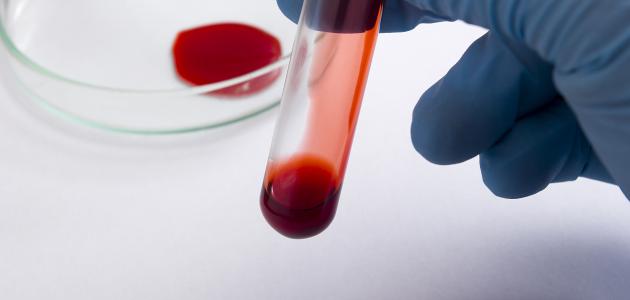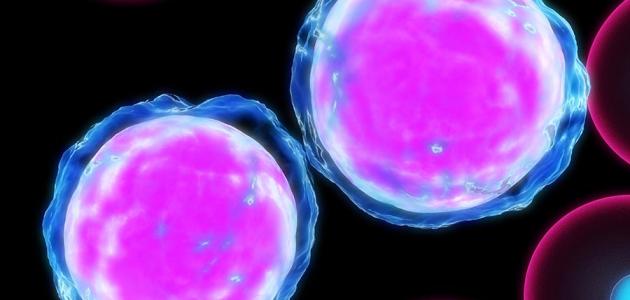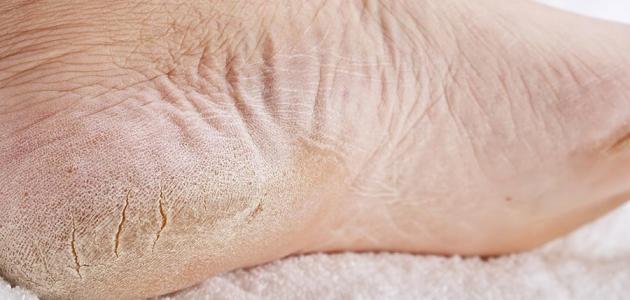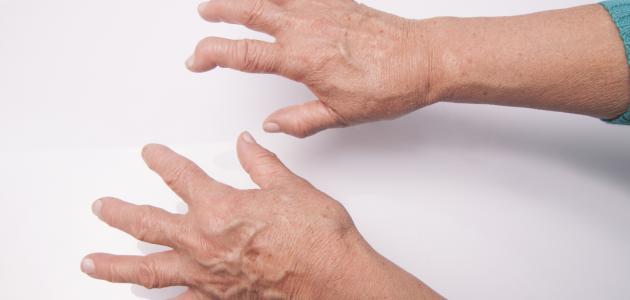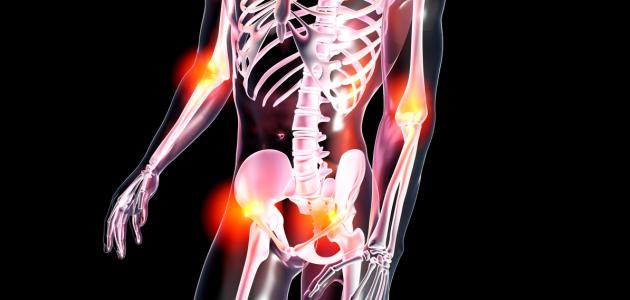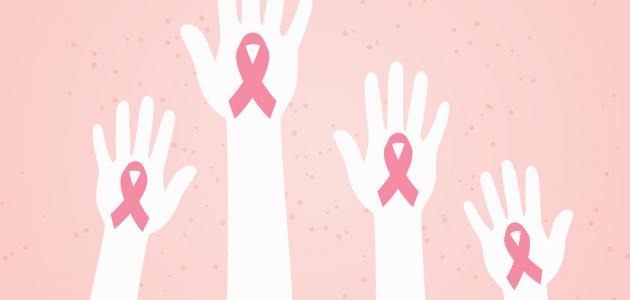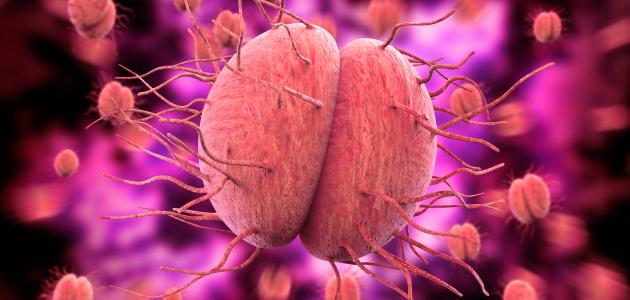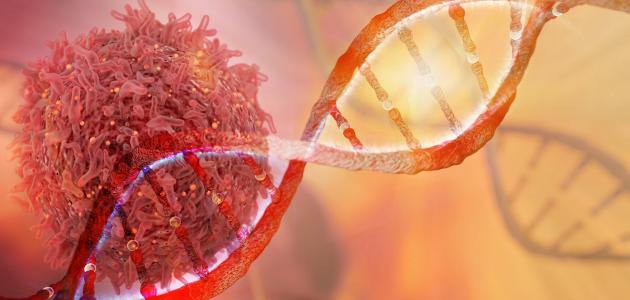Contents
Definition of thalassemia
Thalassemia is considered a hereditary blood disorder. This disease affects the body’s ability to produce the hemoglobin molecule responsible for carrying oxygen in red blood cells . This disorder leads to a decrease in the number of red blood cells, which causes the patient to suffer from anemia, and it is worth noting that thalassemia is most common in the regions of the Mediterranean, South Asia, and Africa. [1]
Types of thalassemia
Hemoglobin consists of several protein chains, four of the alpha-globin type, and two beta-globin, and thalassemia appears as a result of the presence of mutations in the DNA of the cells responsible for making Hemoglobin, as these mutations are passed on from parents to children. The type of thalassemia depends on the number of genetic mutations present, in addition to the type of protein chain affected by those mutations. Accordingly, thalassemia is divided into two main types, namely: [1] [2]
- Alpha thalassemia: There are four genes responsible for making hemoglobin chains of the alpha type, and they are located on two copies of chromosome number 16, where the sufferer gets two genes from the father and the other two from the mother. Alpha thalassemia is divided according to the number of inherited mutations, as follows:
- One genetic mutation: The person in this case does not have any symptoms or signs of the disease, but the patient is considered a carrier , that is, he passes Thalassemia to his children.
- Two genetic mutations: In this case the patient suffers from simple anemia , and this case is called Alpha thalassemia minor.
- Three genetic mutations: In this type, the patient suffers from one of the types of chronic anemia, which is known as hemoglobin H disease or Hemoglobin H disease, as those with it need regular blood transfusions throughout their lives.
- Four genetic mutations: This condition is called Alpha thalassemia major, where the affected fetus suffers from severe anemia, which leads to its death before birth or shortly after birth, as a result of fluid accumulation in the body parts of the fetus, This is a serious condition called hydrops fetalis. In very rare cases, this condition can be treated with a bone marrow transplant.
- Beta thalassemia: There are two genes responsible for manufacturing beta-type hemoglobin chains, and accordingly, beta thalassemia is divided as follows:
- One gene mutation: This condition is called beta thalassemia minor, and the affected person experiences mild symptoms and signs.
- Two genetic mutations: This condition is called thalassemia major, or Cooley's anemia. It is worth noting that children with it usually enjoy good health at birth, but symptoms of the disease develop during the first two years of life.
Thalassemia symptoms
There is a group of symptoms that appear on people with thalassemia, which differ from one patient to another, and some of them are as follows: [3] [4]
- Yellowing and paleness of the skin.
- Delayed growth and development in children.
- Feeling of excessive tiredness and fatigue.
- A dark yellow urine.
- Changes in the bones of the face.
- Weak appetite.
Thalassemia complications
There are some complications that result from the sufferer's suffering from thalassemia, we mention the following: [2]
- Iron overload: . This problem occurs due to either undergo repeated blood transfusions, either because of the disease itself, and the incidence of excessive load of iron can cause damage to the heart, liver, and endocrine system.
- Infections: The risk of infection increases in thalassemia patients, especially after a splenectomy.
- Deformation of the bones: Thalassemia causes the expansion of the bone marrow , which causes the bones to expand and make them fragile and thin, and this increases the chance of bone fracture.
- Enlargement of the spleen: is often accompanied by Thalassemia destruction of a large number of red blood cells, which leads to the enlargement of the spleen . As the spleen is responsible for filtering the body from old or damaged blood cells, with the increase in the number of red blood cells damaged as a result of suffering from thalassemia, the size of the spleen increases as an attempt to get rid of them.
- Heart problems: such as arrhythmias , and congestive heart failure .
Diagnosis of thalassemia
Thalassemia is diagnosed through the following tests: [5]
- Blood tests: where blood tests help to detect the number, size and appearance of red blood cells, in addition to assessing the hemoglobin level and the iron level. A DNA analysis can also be done to determine whether a person carries the genetic mutations responsible for thalassemia.
- Prenatal tests: It is possible to find out if a child has thalassemia before birth, through the following tests:
- Chorionic villus sampling, in which a small portion of the placenta is removed to detect thalassemia, and this test is usually done in the eleventh week of pregnancy.
- Amniocentesis: This test is done by taking a sample of the amniotic fluid and examining it. This test is usually performed in the sixteenth week of pregnancy.
Thalassemia treatment
The treatment for thalassemia depends on the type and severity of the disease, and the treatments used include the following: [3]
- Blood transfusions, and blood transfusions can be used to remove excess iron from the body through what is known as chelation therapy, in which a chemical substance that binds to iron and other heavy metals is injected, helping to remove them.
- Bone Marrow Transplant.
- Using special medicines and dietary supplements without iron.
- Undergoing surgeries, such as removing the spleen or gallbladder.
References
- ^ A b Christian Nordqvist (10-1-2018), "Everything You Need To Know About Thalassemia" , www.medicalnewstoday.com The , Retrieved 20-6-2018. Edited.
- ^ A b Mayo , Clinic Staff (2-11-2016), " the Symptoms & Thalassemia Causes" , Www.mayoclinic.org , Retrieved 20-6-2018. Edited.
- ^ A b Gretchen Holms, Kristeen Cherney (11-4-2017), "Thalassemia" , Www.healthline.com , Retrieved 20-6-2018. Edited.
- ↑ "What Is Thalassemia" , www.webmd.com , Retrieved 20-6-2018.
- ↑ Mayo Clinic Staff (2-11-2016), “Thalassemia Diagnosis & Treatment , ” www.mayoclinic.org , Retrieved 20-6-2018. Edited.
